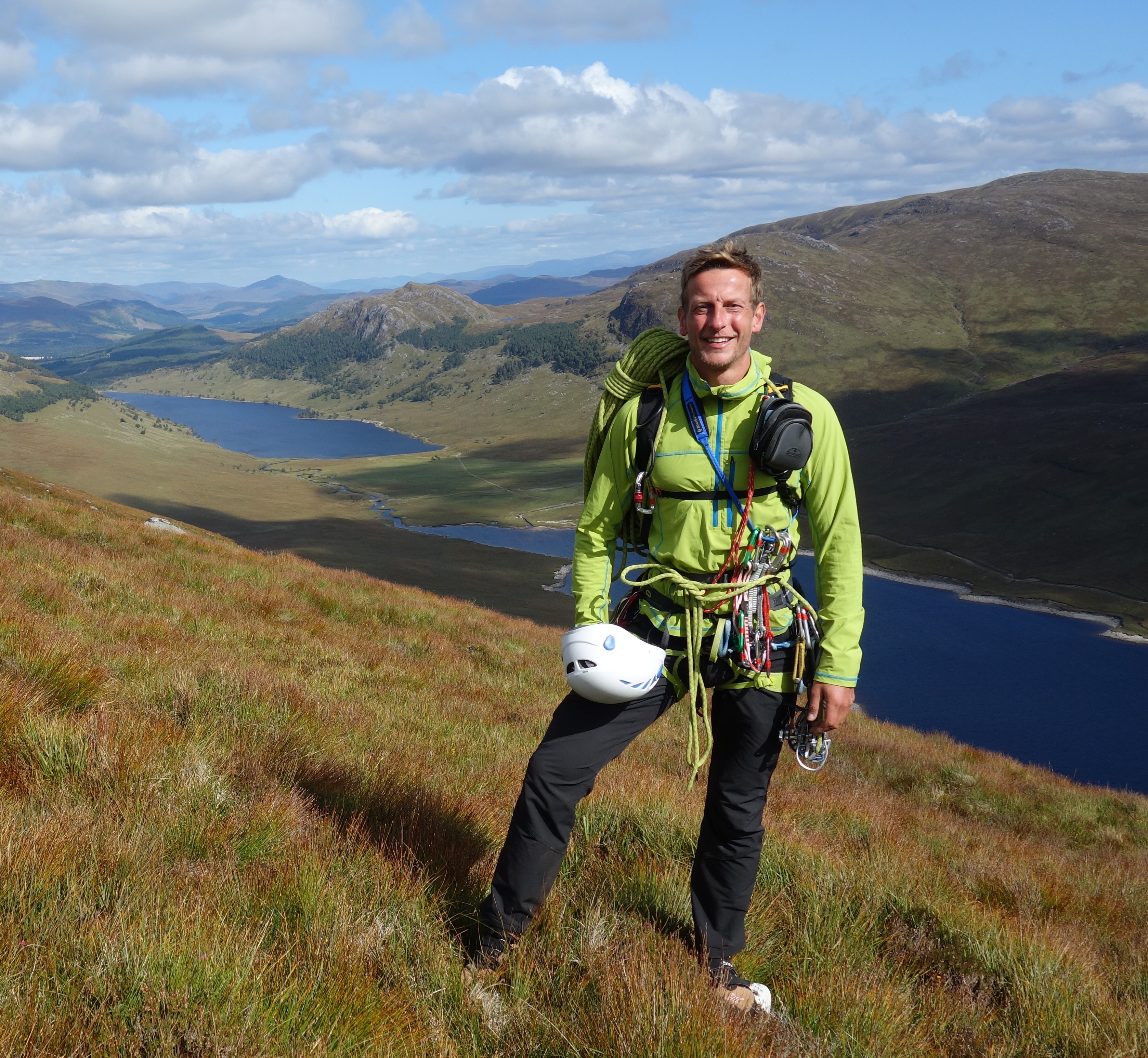National park facts: interesting, inspiring, and downright unbelievable facts about the nation’s outdoor playgrounds
Our list of 40+ national park facts is full of stats, trivia, and surprising insights about everything from visitor numbers and volcanic activity to drug busts and the deadliest NP trails
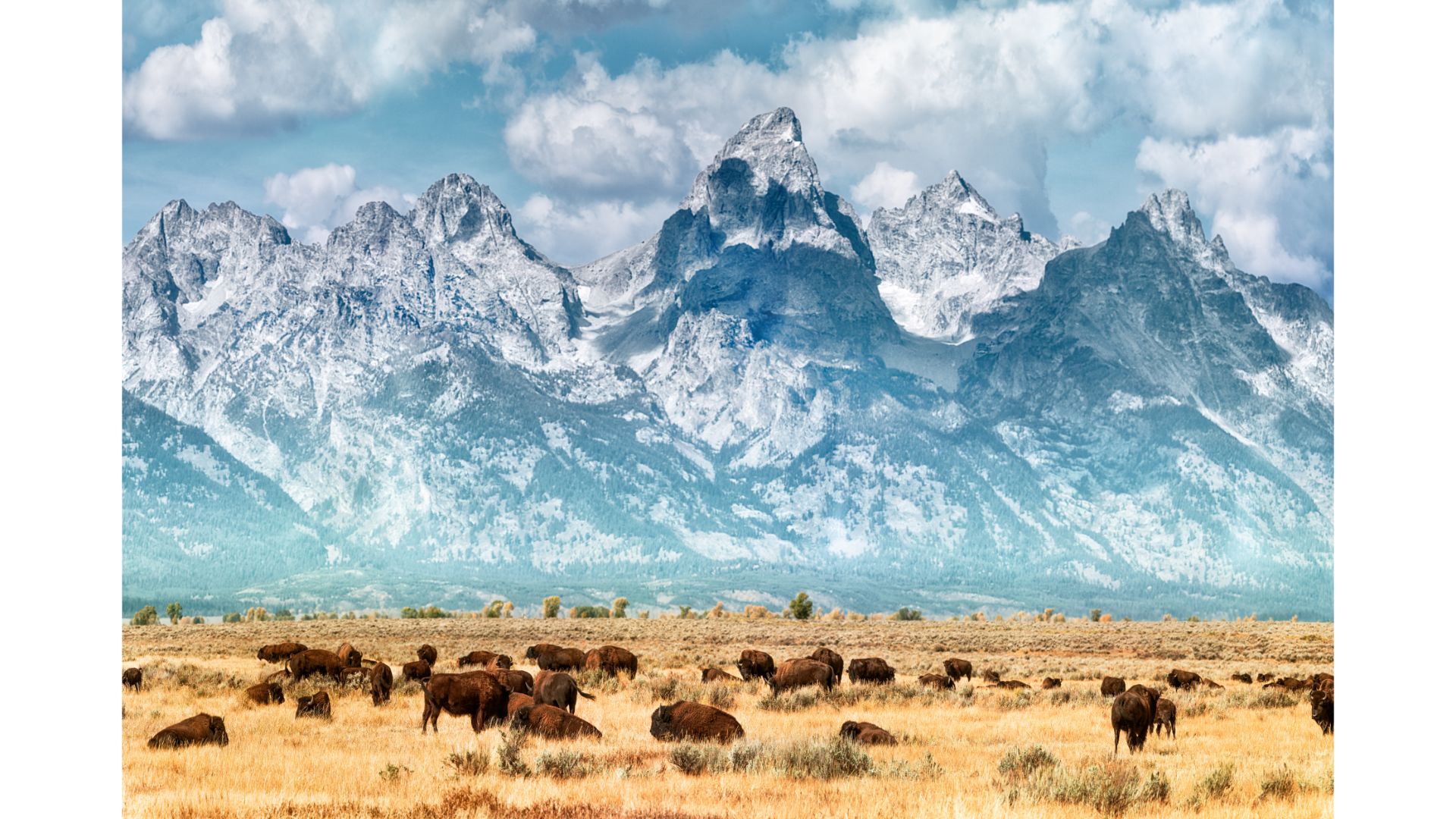
Looking for some fun, interesting, and quirky national park facts to impress your hiking homies or the family with on your next trip? Our post has you covered, serving up oodles of interesting info and insights about national parks as well as the odd astounding trinket of trivia from the parks’ surprisingly long and rich history. From the discovery of highly illicit “vegetation” in Sequoia National Park’s illicit to the nation’s deadliest trail, our list of national park facts has it all!
National park facts: the biggest, smallest, oldest, newest, oldest, and more…
1. The combined size of all of the US’s national parks is a whopping 84 million acres, which is slightly larger than Finland (83m ac.) and only slightly smaller than Germany (88m ac).
2. There are a total of 423 national park sites in the National Park System, with parks in every state (except Delaware) and also the territories of Puerto Rico, the Virgin Islands, American Samoa, and Guam.
3. Great Smoky Mountains National Park (Tennessee and North Carolina) is the most visited national park in the US, attracting more than 12.5 million visitors in 2019 and 12.4 million in 2020.
4. The oldest national park in the US is Yellowstone National Park (Wyoming, Idaho, and Montana), which was founded in 1872.
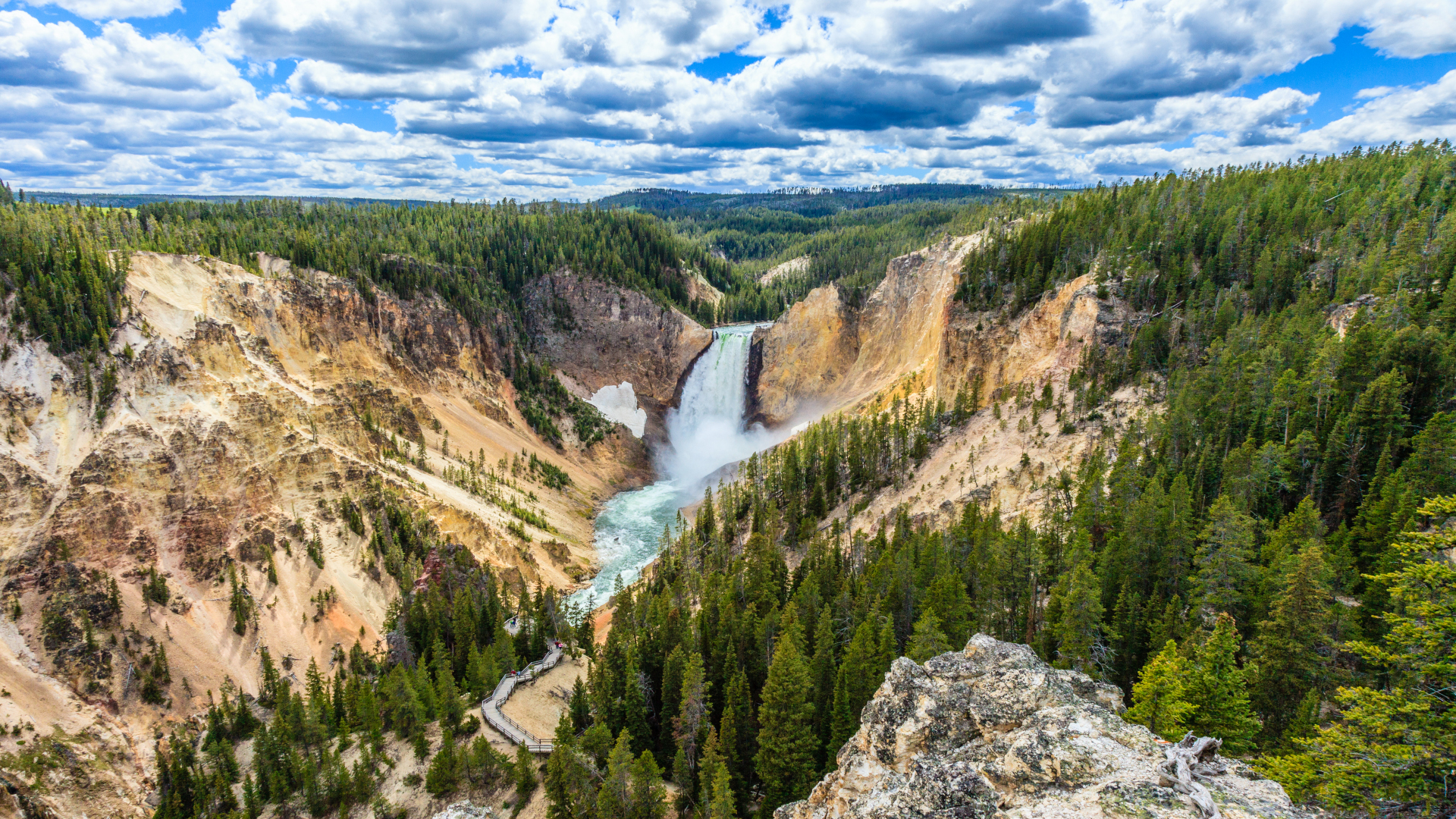
5. The newest national park in the US is the aptly named New River Gorge National Park (West Virginia), which was founded on December 27th, 2020.
6. The biggest national park in the US is Wrangell-St. Elias National Park in Alaska, which encompasses a whopping 13.2 million acres.
All the latest inspiration, tips and guides to help you plan your next Advnture!
7. Hot Springs National Park in Arkansas, which measures a mere 5,500 acres, is the smallest national park.
8. The highest point in the national parks is the summit of Denali, in Denali National Park, at 20,310 feet.
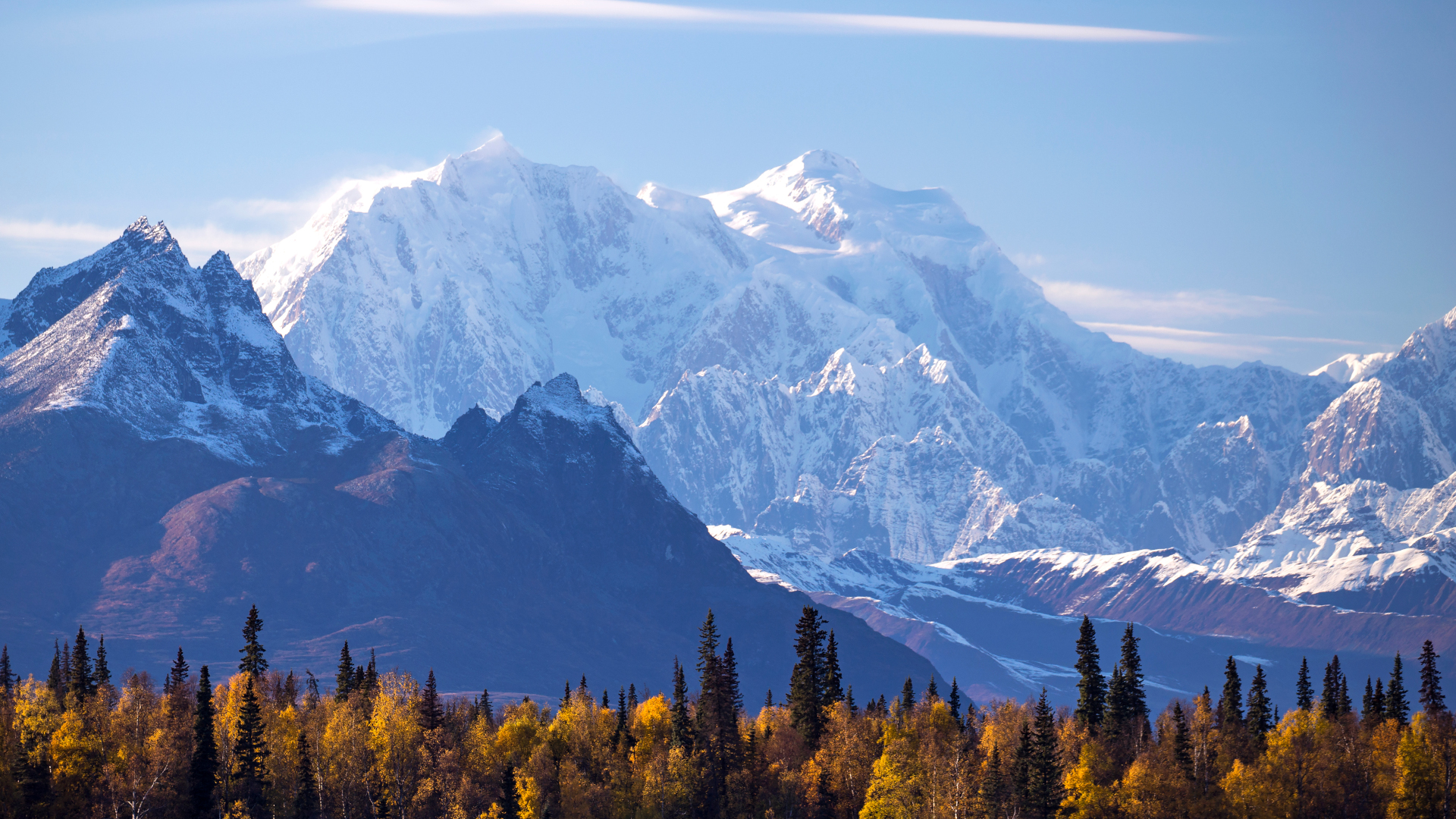
9. Badwater Basin in Death Valley National Park, California lies at 282 feet below sea level, which is the lowest point in the western hemisphere.
10. The states with the most national parks are California and Alaska, which have 8 apiece.
11. The deepest cave in the US is in Carlsbad Caverns National Park and measures a mind-boggling 1,593 feet deep.
12. At 1,932 feet deep, Oregon’s Crater Lake (in the homonymous national park), is the deepest lake in the US.
13. The US’s 423 national park sites are home to over 400 endangered animal and plant species.
14. Only one state in the US is not blessed with a national monument or national park – Delaware.
15. In 2014, rangers in Sequoia National Park in California discovered a multi-million-dollar cannabis-cultivation facility in the park.
16. White Sands National Monument in New Mexico contains the largest gypsum dune fields on the planet.
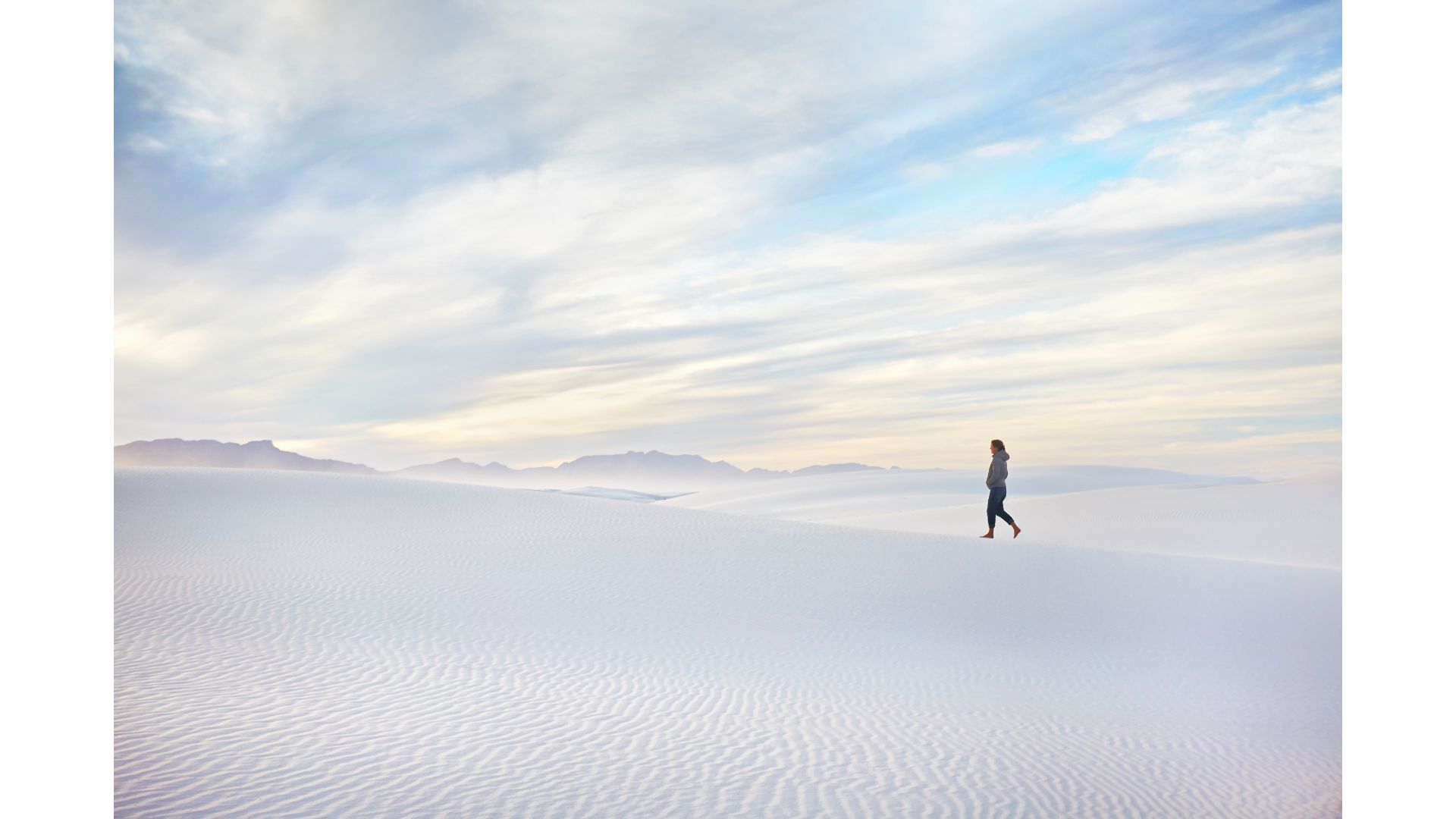
17. The National Parks Service employs roughly 20,000 people, who are assisted by a further team of almost 250,000 volunteers.
18. There are over 18,000 miles of trail in the national parks (for comparison, the Great Wall of China measures just 13,171 miles long!)
19. The National Parks System contains over 75,000 archaeological sites and just under 27,000 historic and prehistoric structures.
20. The US, believe it or not, has one NP that’s situated south of the equator – The National Park of American Samoa, which encompasses 9,500 acres of land and 4,000 marine acres.
Yellowstone National Park facts
21. Yellowstone is home to more than 500 active geysers – more than half of the active geysers in the world!
22. The Yellowstone Caldera is a supervolcano that measures 43 by 28 miles wide. It has also caused three of the biggest volcanic eruptions in Earth’s history.
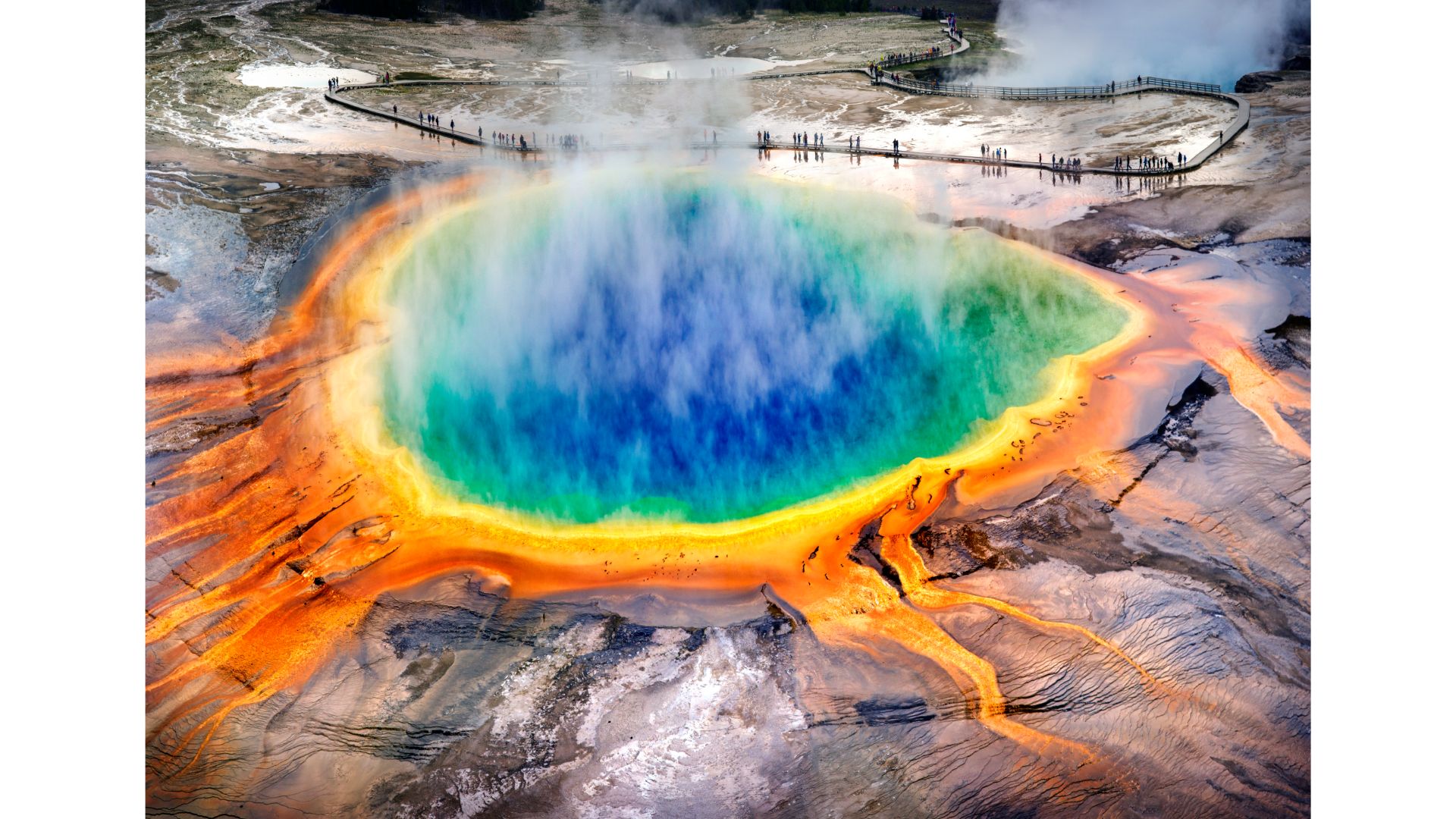
Yosemite National Park facts
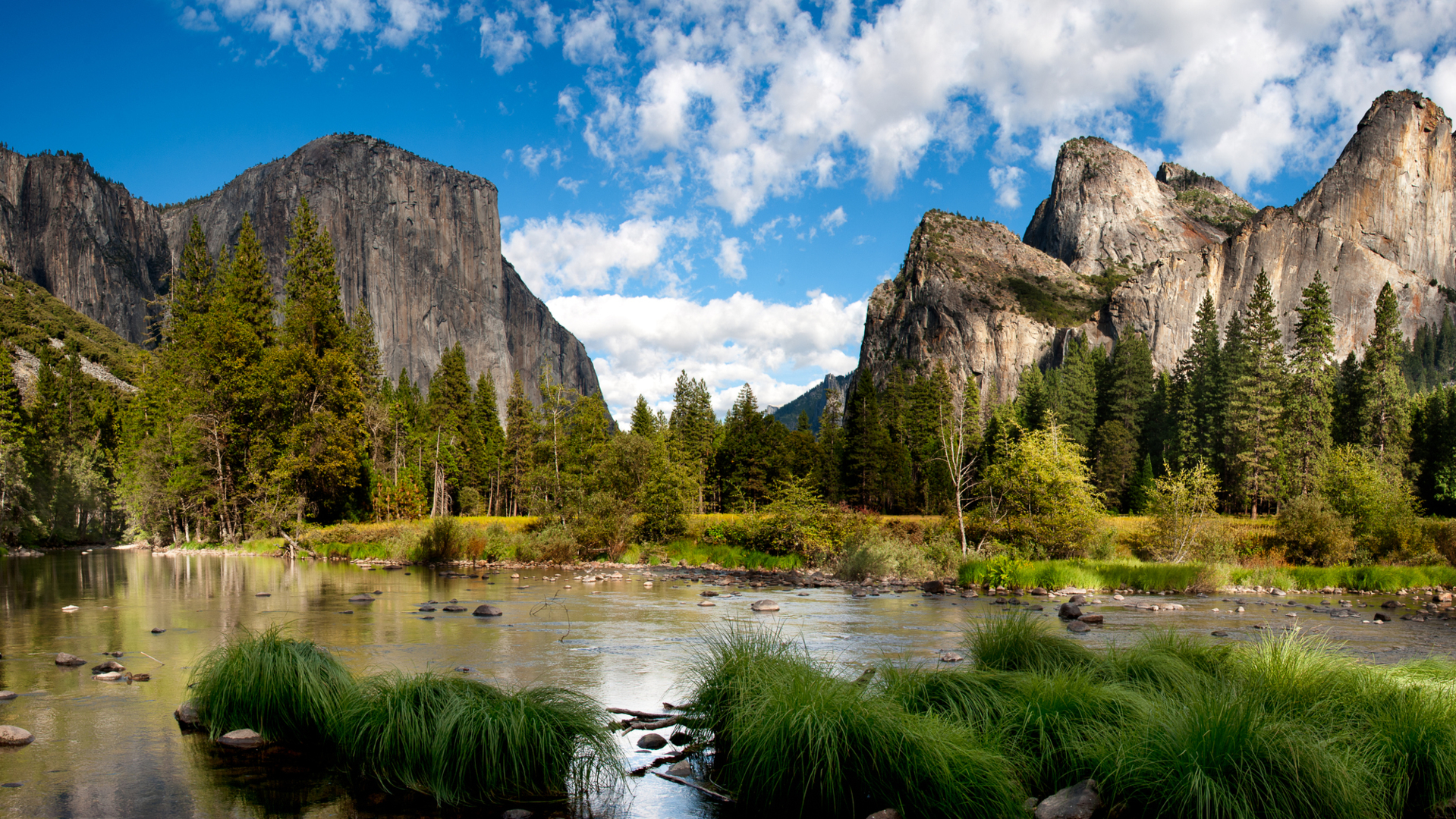
23. Yosemite’s Ribbon Fall is the longest single-drop waterfall in North America is nine times taller than Niagara Falls.
24. Yosemite National Park was established on October 1, 1890, making it the third national park in the nation, but the area fell under the protection of the Yosemite Land Grant signed by President Abraham Lincoln 26 years previously, in 1864.
25. Yosemite is home and habitat to more than 400 species of amphibians, reptiles, birds and mammals.
Olympic National Park facts
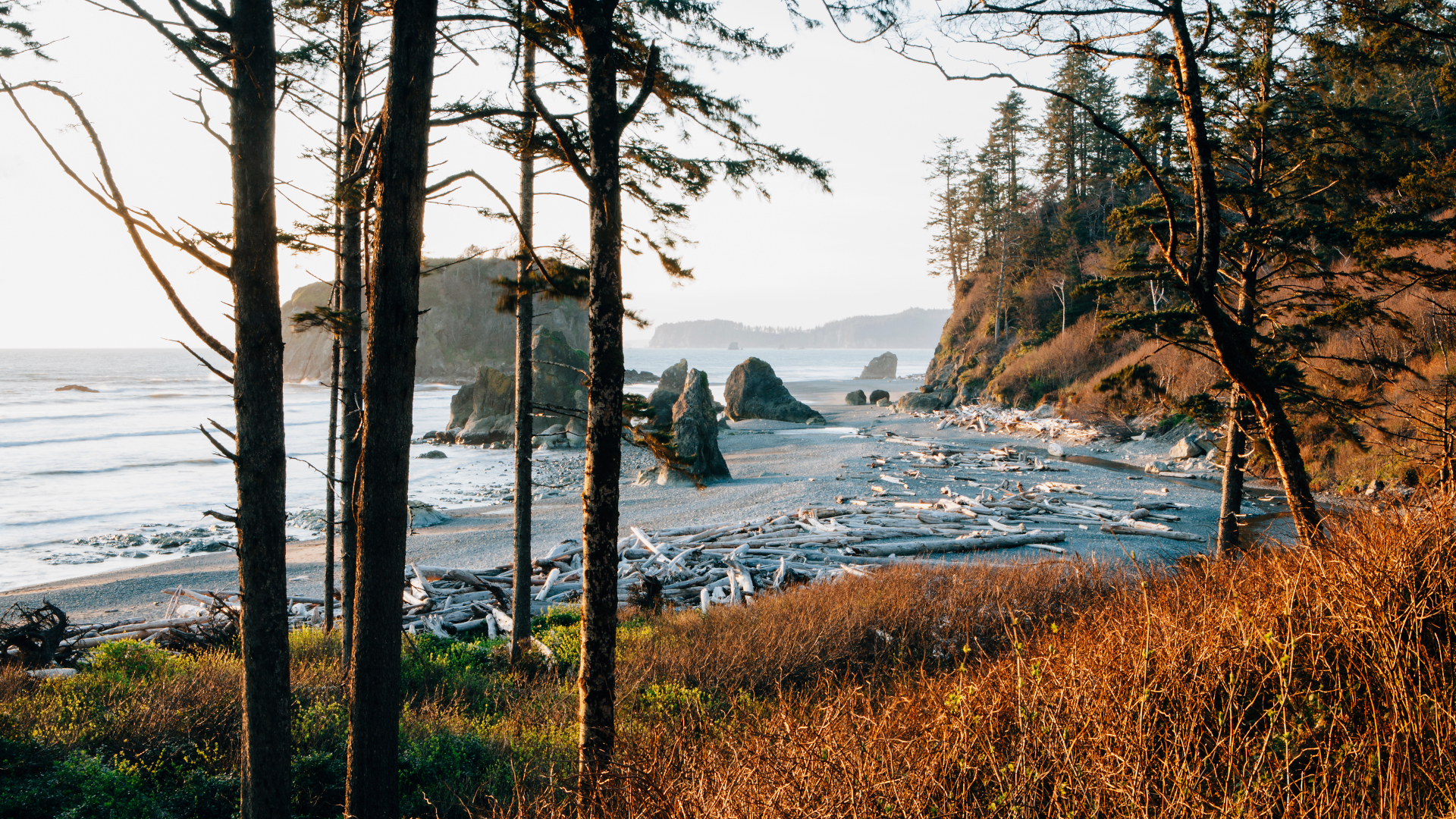
26. Olympic’s Hoh Rain Forest receives over 12 feet of rain a year – if you’re heading here, be sure to bring a waterproof jacket!
27. Olympic NP lies on the “whale trail”, part of the route taken by gray whales during their annual migration from Mexico to the Bering Sea. The whales can often be spotted from the shores of Kalaloch, Rialto and Shi Shi Beach during the migration season (April/May and October/November).
28. The park’s largest glacier, Blue Glacier, is more than 2.6 miles long.
Sequoia National Park facts
29. The park is home to the largest living single-stem tree in the world, General Sherman, which is over 275 feet tall and weighs in the region of 1,900 metric tons.
30. Sequoia NP was the first national park established with a view to protecting a living organism – the giant sequoia trees from which the park takes its name.
31. Sequoia NP is home to the highest mountain in the US outside of Alaska – the 14,494-foot Mount Whitney.
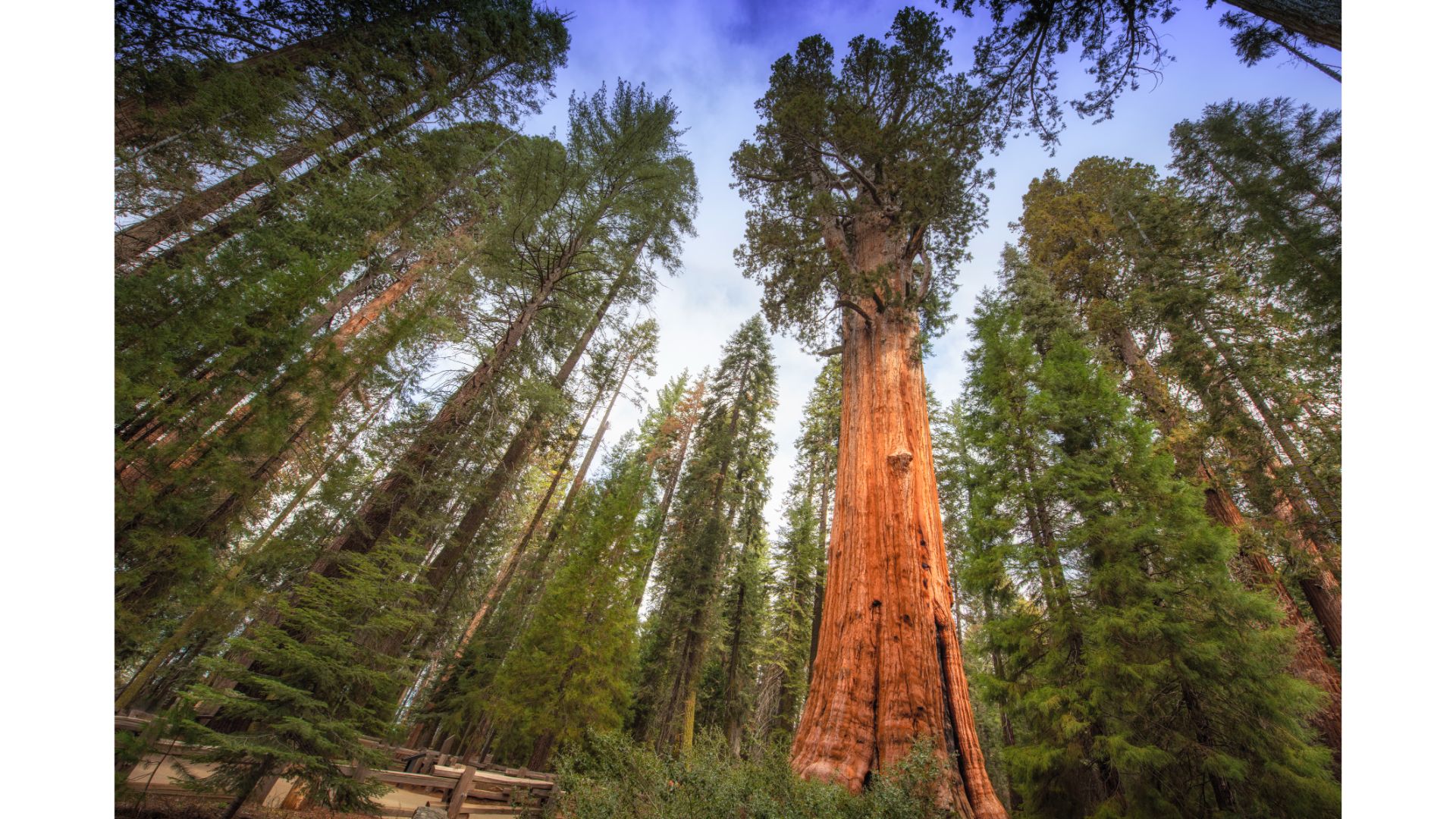
Grand Canyon National Park facts
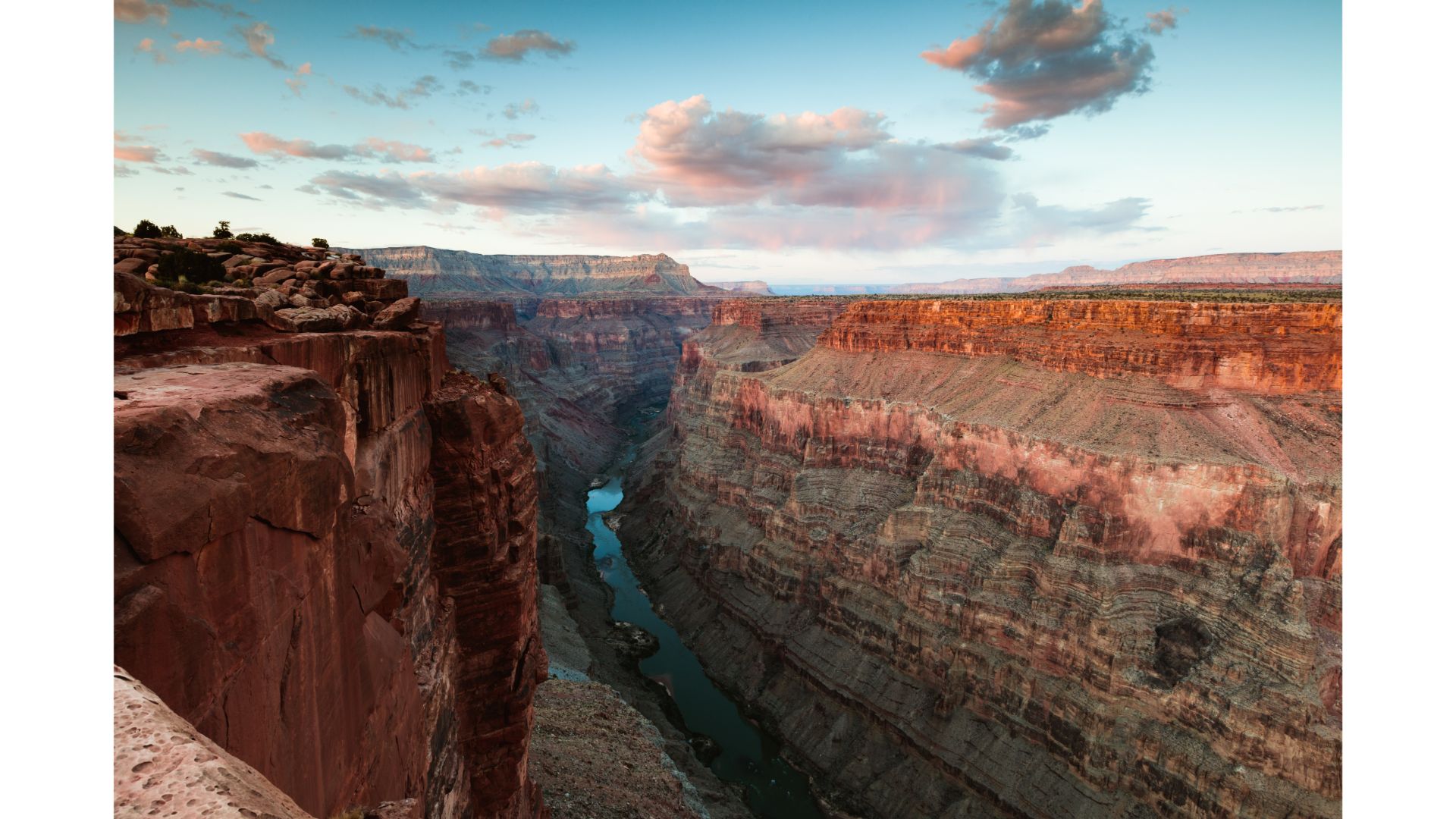
32. The Grand Canyon is 277 miles long, 18 miles wide, and 1 mile deep.
33. Grand Canyon National Park measures 1,904 square miles.
34. The park is one of the most visited in the United States, attracting just under 6 million visitors per year.
35. The Grand Canyon was carved over 6 million years by the forces of erosion caused by the Colorado River.
Glacier National Park facts

36. Montana’s Glacier NP is home to 25 active glaciers and more than 700 lakes.
37. Glacier has over 700 miles of hiking trails!
38. Archaeological evidence has revealed that human occupation in the area dates back over 12,000 years.
Zion National Park facts
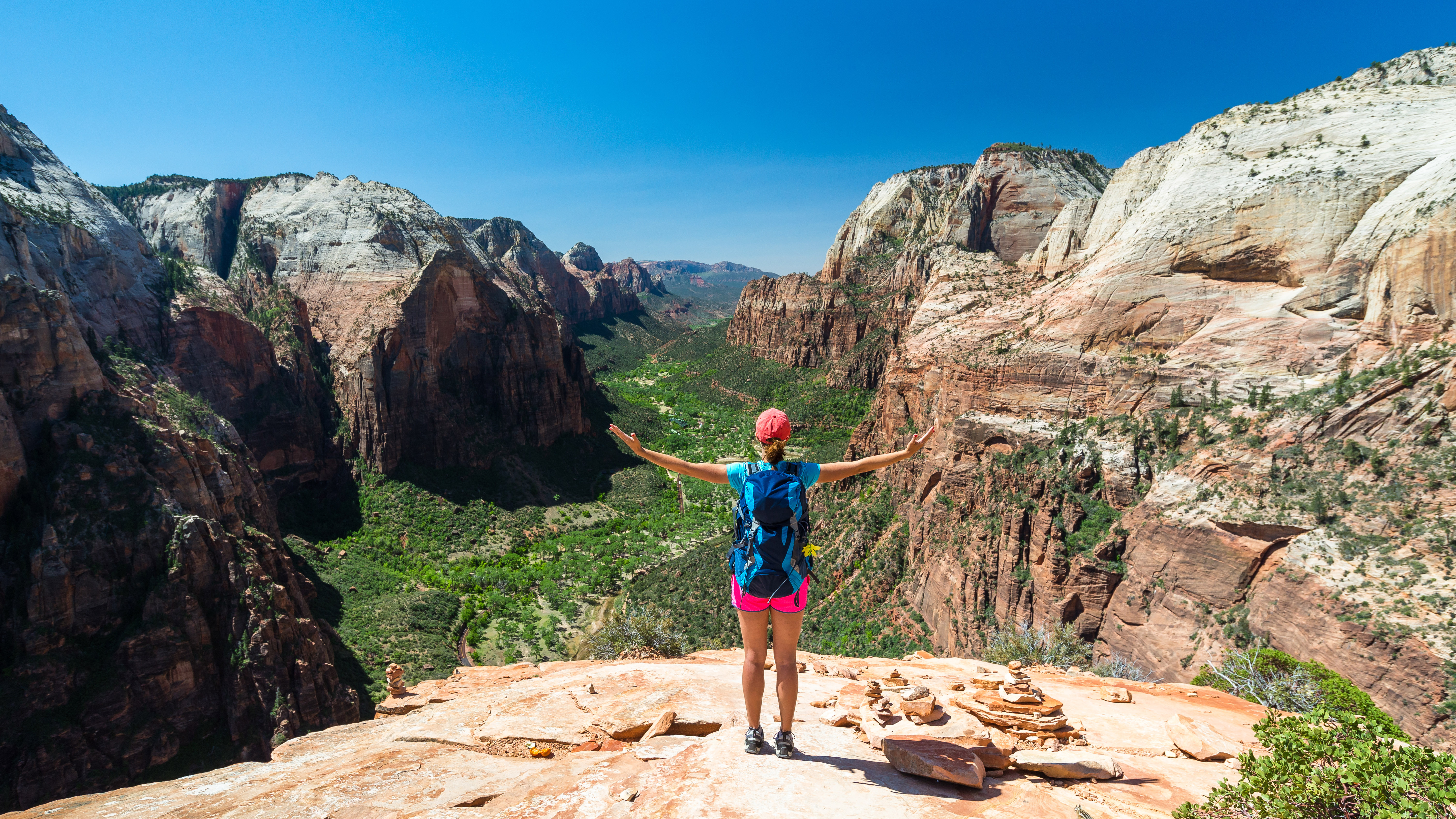
39. Before Zion National Park became “Zion National Park” in 1919, it was known as Mukuntuweap National Monument.
40. Zion’s Angels Landing hike is one of the most dangerous hikes in the US, and is even frequently cited as one of the most dangerous hiking trails in the world. See also: Why do so many people die at Angels Landing?
41. Zion is home to one of the largest freestanding arches in the world – Kolob Arch, a 287-foot arch located in the park’s Kolob Canyons District.
Former Advnture editor Kieran is a climber, mountaineer, and author who divides his time between the Italian Alps, the US, and his native Scotland.
He has climbed a handful of 6000ers in the Himalayas, 4000ers in the Alps, 14ers in the US, and loves nothing more than a good long-distance wander in the wilderness. He climbs when he should be writing, writes when he should be sleeping, has fun always.
Kieran is the author of 'Climbing the Walls', an exploration of the mental health benefits of climbing, mountaineering, and the great outdoors.
